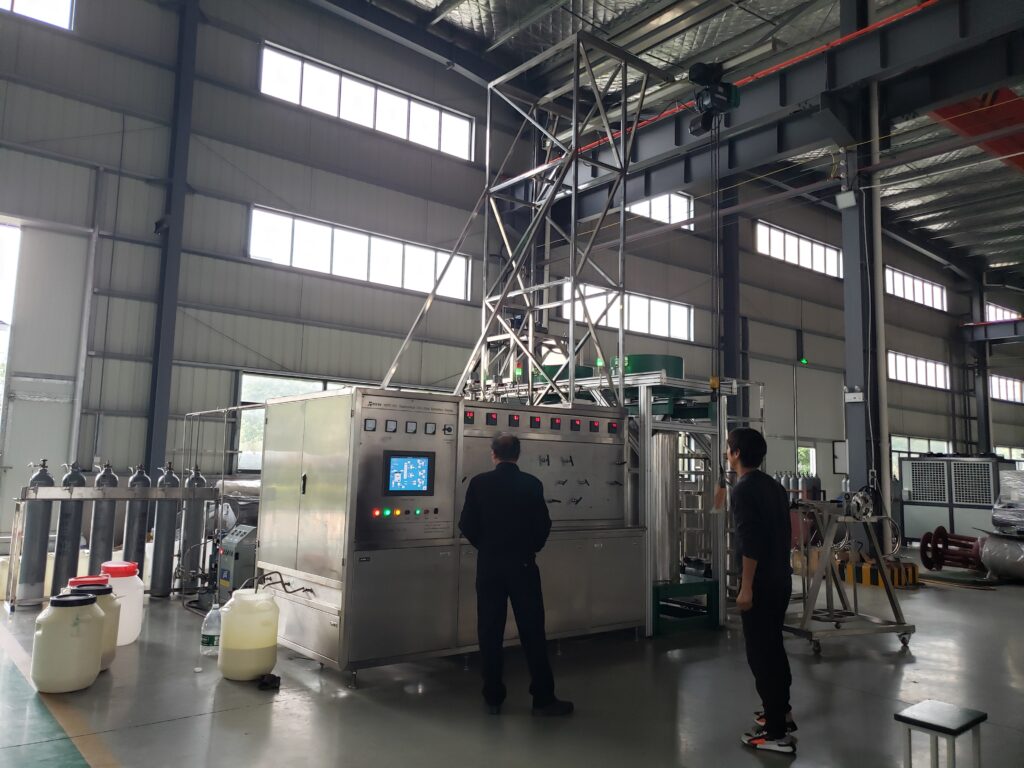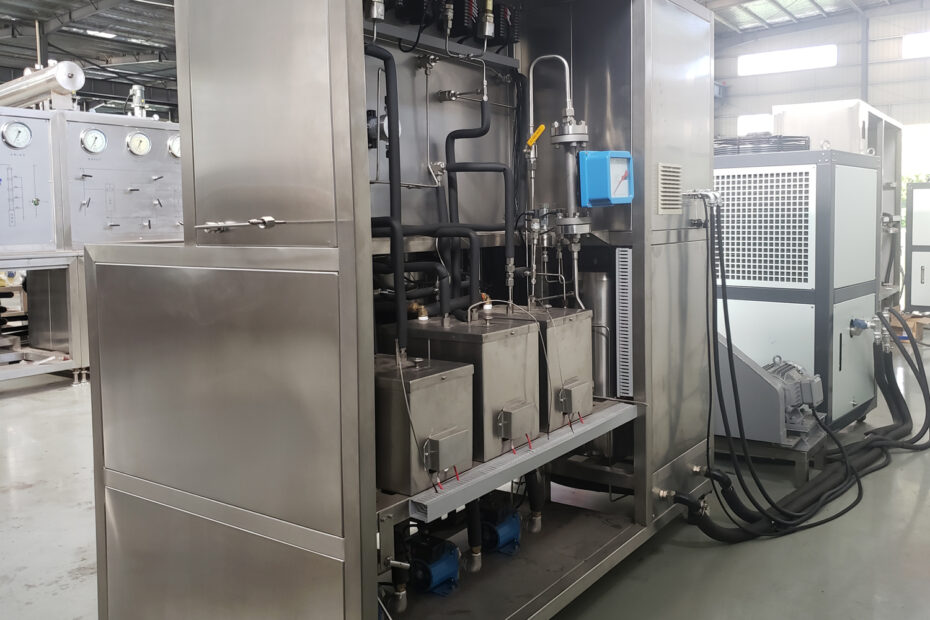In the ever-evolving landscape of extraction techniques, two methods have risen to prominence: Supercritical CO2 extraction and Ethanol extraction. Both methods offer unique advantages and drawbacks, shaping their applications in various industries.
Supercritical CO2 Extraction Process
Supercritical CO2 extraction involves the use of carbon dioxide in a state that combines both liquid and gas properties. This process utilizes CO2 as a solvent to extract desirable compounds from plant material.
High-Pressure Operation
- CO2 is pressurized above its critical point, where it transitions into a supercritical state.
- High pressure enhances CO2’s solvating power, facilitating efficient extraction.
Precise Temperature Control
- Temperature adjustments allow for selective extraction, preserving delicate compounds.
- Suitable for extracting cannabinoids, terpenes, and other sensitive compounds from botanicals.
Advantages of Supercritical CO2 Extraction
| Advantages | Description |
|---|---|
| 1. Selectivity | Precision in targeting specific compounds, minimizing unwanted by-products. |
| 2. High Purity | Produces high-quality extracts with low residual solvent levels. |
| 3. Customizable Parameters | Adjustable temperature and pressure parameters for tailored extraction. |
| 4. Environmentally Friendly | CO2 is non-toxic and readily available, making it a sustainable choice. |

Ethanol Extraction Process
Ethanol extraction, a more traditional method, involves using ethanol as a solvent to dissolve and extract desired compounds from plant material.
Solvent Percolation
- Ethanol is used to soak plant material, dissolving the target compounds.
- The resulting solution is then separated, leaving behind the extracted substances.
Versatility in Applications
- Suitable for a wide range of plant materials, making it a versatile choice for different industries.
- Commonly used in the extraction of cannabinoids, essential oils, and flavors.
Advantages of Ethanol Extraction
| Advantages | Description |
|---|---|
| 1. Versatility | Effective in extracting a variety of compounds from different plant materials. |
| 2. Cost-Effective | Ethanol is relatively inexpensive and readily available, contributing to cost-effectiveness. |
| 3. Simplicity | Straightforward process with fewer complexities compared to some alternative methods. |
| 4. Efficiency | Yields a high quantity of extract in a shorter timeframe, enhancing production efficiency. |
Comparative Analysis Key Considerations Of Supercritical CO2 vs. Ethanol Extraction
Selectivity and Precision
Supercritical CO2 extraction excels in precision, allowing for the targeted extraction of specific compounds. Ethanol, while versatile, may extract a broader spectrum of compounds.
Purity and Residual Solvents
Supercritical CO2 extraction typically results in higher purity due to its ability to leave behind minimal residual solvents. Ethanol extraction may require additional purification steps.
Environmental Impact
Both methods have their environmental merits; however, supercritical CO2 extraction is often considered more environmentally friendly due to the use of a naturally occurring and non-toxic solvent.
| Criteria | Supercritical CO2 Extraction | Ethanol Extraction |
|---|---|---|
| Selectivity | High | Moderate to High |
| Purity | High | Moderate |
| Versatility | Moderate | High |
| Cost-Effectiveness | Moderate | High |
| Environmental Impact | Environmentally Friendly | Considered Moderate |
Conclusion
In the dynamic landscape of extraction techniques, the choice between Supercritical CO2 and Ethanol extraction hinges on various factors, including the desired compounds, production scale, and environmental considerations. While Supercritical CO2 offers precision and high purity, Ethanol stands out for its versatility and cost-effectiveness. As industries continue to evolve, the selection of the most suitable extraction method remains a pivotal decision, shaping the quality and efficiency of the end products.
